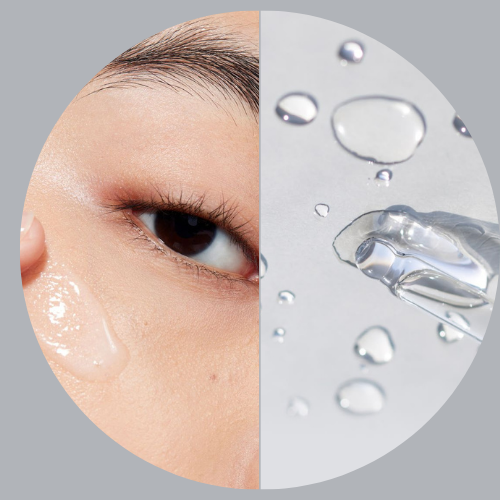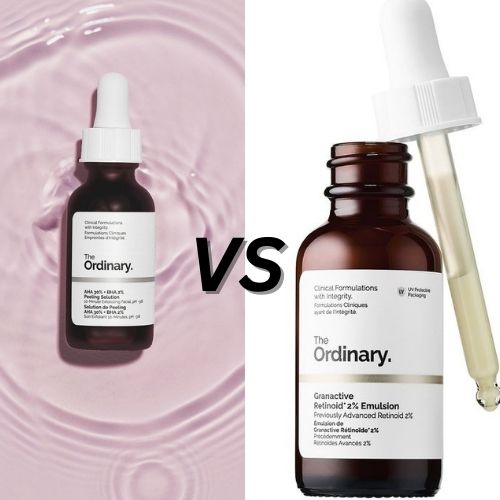Pheomelanin: Benefits, Risks, Foods, and How to Boost It
Pheomelanin is a natural pigment that gives red, pink, and yellow hues to hair, skin, and lips. It works alongside eumelanin, which produces darker pigments. While pheomelanin adds to unique physical traits like red hair and fair skin, it offers less protection from UV rays, making sun care essential.
By understanding how pheomelanin works and supporting its production through diet and lifestyle, you can maintain healthy pigmentation while protecting your skin.
Sources of Pheomelanin Production
Your body naturally produces pheomelanin, but certain factors and nutrients can stimulate its synthesis:
Dietary Sources:
L-tyrosine (an amino acid): Found in chicken, turkey, fish, almonds, avocados, and eggs.
Cysteine (a sulfur-containing amino acid): Found in poultry, pork, dairy, and whole grains.
Sulfur-rich foods: Garlic, onions, cruciferous vegetables (broccoli, Brussels sprouts).
Antioxidant-rich foods: Berries, citrus fruits, leafy greens.
Hormonal Regulation:
Estrogen levels may enhance pheomelanin production.
Sunlight exposure increases melanin synthesis (including pheomelanin).
Ideal Routine for Increasing Pheomelanin
Morning:
- Breakfast: Eggs + spinach + avocado (tyrosine, cysteine, healthy fats).
- Sun Exposure: 10-15 mins natural sunlight.
Afternoon:
- Lunch: Grilled chicken + quinoa + broccoli (protein + sulfur).
- Snack: Almonds + orange (tyrosine + vitamin C for skin protection).
Evening:
- Dinner: Salmon + garlic sautéed kale (cysteine + omega-3s).
- Skincare: Apply antioxidant serum (vitamin C, E) to prevent ROS.
Benefits of Pheomelanin
- Skin and Hair Pigmentation: Provides reddish-pinkish tones in skin, hair, and lips (e.g., red hair, freckles).
- UV Protection (Limited): Provides minor protection against UV rays (less than eumelanin).
- Anti-aging: In small amounts, it can contribute to youthful pigmentation.
. Concentration Levels of Pheomelanin
- Genetic Influence: People with red hair or fair skin typically have a higher pheomelanin-to-eumelanin ratio due to mutations in the MC1R gene.
- Environmental Factors: Sunlight can increase both eumelanin and pheomelanin production.
- Hormonal Regulation: Estrogen and other hormones can modulate melanin production.
Regulation and Safety
- No Supplements Approved: Pheomelanin is naturally regulated by the body, and no direct supplementation exists.
- Dermatological Supervision: Any intervention to alter melanin levels should be done under medical supervision.
Foods to Avoid (That May Reduce Pheomelanin or Cause Imbalance)
Processed foods (high in sugar and preservatives)
Excess caffeine (can disrupt hormone balance)
Alcohol (increases oxidative stress)
Fried and fast foods (damages skin and melanin cells)
Foods to Increase Pheomelanin Production
Rich in Tyrosine (Amino Acid Needed for Melanin Production)
- Chicken
- Turkey
- Fish (salmon, tuna)
- Eggs
- Dairy (Greek yogurt, cheese)
- Almonds, peanuts
High in Cysteine (Supports Pheomelanin Formation)
- Poultry (chicken, turkey)
- Pork
- Eggs
- Garlic, onions
- Broccoli, Brussels sprouts
Sulfur-Rich Foods (Boosts Cysteine Levels)
- Cruciferous vegetables (cabbage, kale)
- Garlic, onions
- Legumes (lentils, chickpeas)
Antioxidant-Rich (Protects Melanin Cells)
- Berries (blueberries, strawberries)
- Citrus fruits (oranges, lemons)
- Leafy greens (spinach, kale)
- Green tea
Healthy Fats (Hormonal Balance for Melanin Regulation)
- Avocados
- Olive oil
- Nuts (almonds, walnuts)
- Seeds (flaxseeds, chia seeds)
Protein-Rich Foods (Boosts Tyrosine and Cysteine Levels)
- Beef (lean cuts)
- Lamb
- Shellfish (shrimp, crab)
- Tofu (plant-based protein)
- Beans (kidney beans, black beans)
- Quinoa (complete plant protein)
Vitamin-Rich Foods (Supports Melanin Synthesis)
- Vitamin A (stimulates melanin production)
- Carrots, sweet potatoes, pumpkin
- Liver (beef liver, cod liver oil)
- Vitamin C (protects melanocytes from damage)
- Bell peppers (red, yellow)
- Papaya, guava
- Kiwi
- Vitamin E (protects skin and melanin from UV damage)
- Sunflower seeds
- Almonds, hazelnuts
- Spinach
Mineral-Rich Foods (Essential for Enzyme Function in Melanin Synthesis)
- Zinc (supports melanin production)
- Oysters, crab
- Pumpkin seeds
- Chickpeas
- Copper (activates melanin-forming enzymes)
- Cashews, sesame seeds
- Dark chocolate (in moderation)
- Mushrooms (shiitake, white)
Fermented and Probiotic Foods (Improves Hormonal Balance and Melanin Activity)
- Kefir
- Sauerkraut
- Kimchi
- Miso
Herbs and Spices (Enhance Melanin and Skin Health)
- Turmeric (anti-inflammatory, protects melanocytes)
- Ginger (supports circulation and skin health)
- Black sesame seeds (traditional for pigmentation health)
Balancing pheomelanin levels is key to maintaining healthy skin and hair while minimizing risks like sun damage and premature aging. While this pigment enhances unique features, it provides less UV protection, making sun safety essential.
By following a nutrient-rich diet, adopting protective skincare habits, and maintaining a healthy lifestyle, you can support pheomelanin production while keeping your skin and hair in optimal condition.






